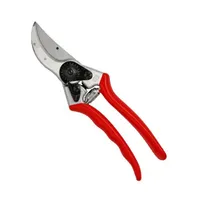Winter is deadly for helpful insects but your yard can save them — here's how
Before you clear your yard this winter, there's something worth knowing
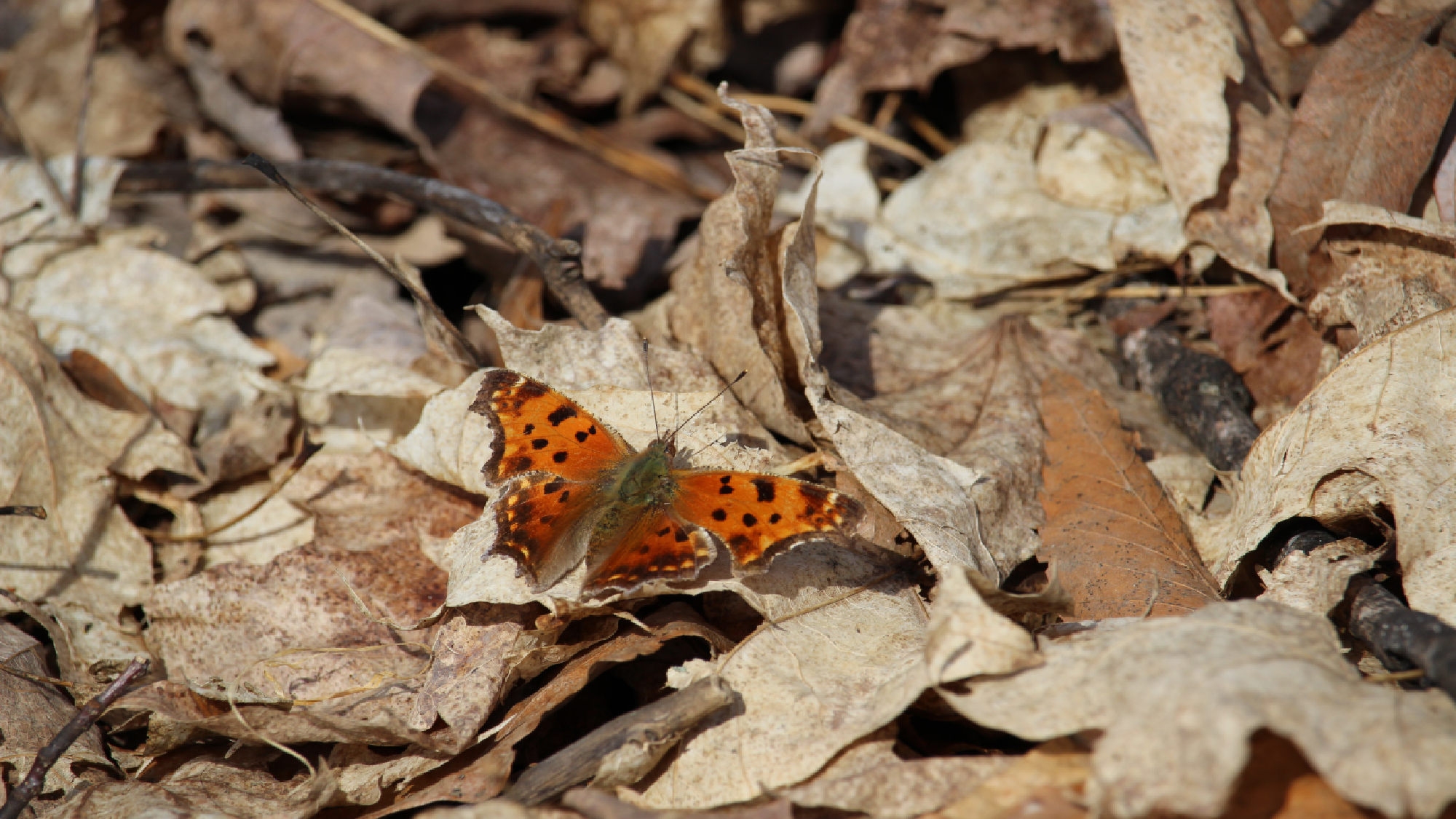
As temperatures drop, there's an urgent call from ecologists to help some of nature's smallest and most vulnerable creatures make it through winter. Experts from Arbtech are urging households to take simple steps that could mean the difference between life and death for insects seeking shelter from the cold.
The stakes are higher than you might think: 41% of insect species currently face extinction, and winter conditions like frost and freezing temperatures are particularly brutal for these tiny creatures. Small actions you can take now can provide the shelter these garden helpers need to survive until next spring.
1. Keep natural debris in place

Resist the urge to tidy up your yard this winter. Those fallen leaves, branches, dead wood, and dried flower stems that might look messy are actually lifesaving shelters for insects. Natural debris provides crucial insulation and hiding spaces for creatures seeking protection from harsh winter conditions.
A spokesperson for Arbtech explains: "Actions like leaving fallen leaves and building a log pile may seem small, but they can make a huge difference and give insects the shelter they need to survive the winter."
Instead of raking everything into bags, consider leaving at least some debris in corners or under hedges where insects can hunker down safely.
2. Create a wild patch

You don't need to let your entire garden go wild, but dedicating even a small area can make a significant impact. Allow a patch of lawn to grow long or plant a wildflower area that you leave untouched through winter. This creates "natural insulation and shelter for overwintering butterflies, moths, and other insects" that need protection from the elements.
The long grass and plant stems provide perfect hiding spots and help maintain warmer temperatures at ground level where many insects shelter during cold snaps.
3. Leave perennials standing
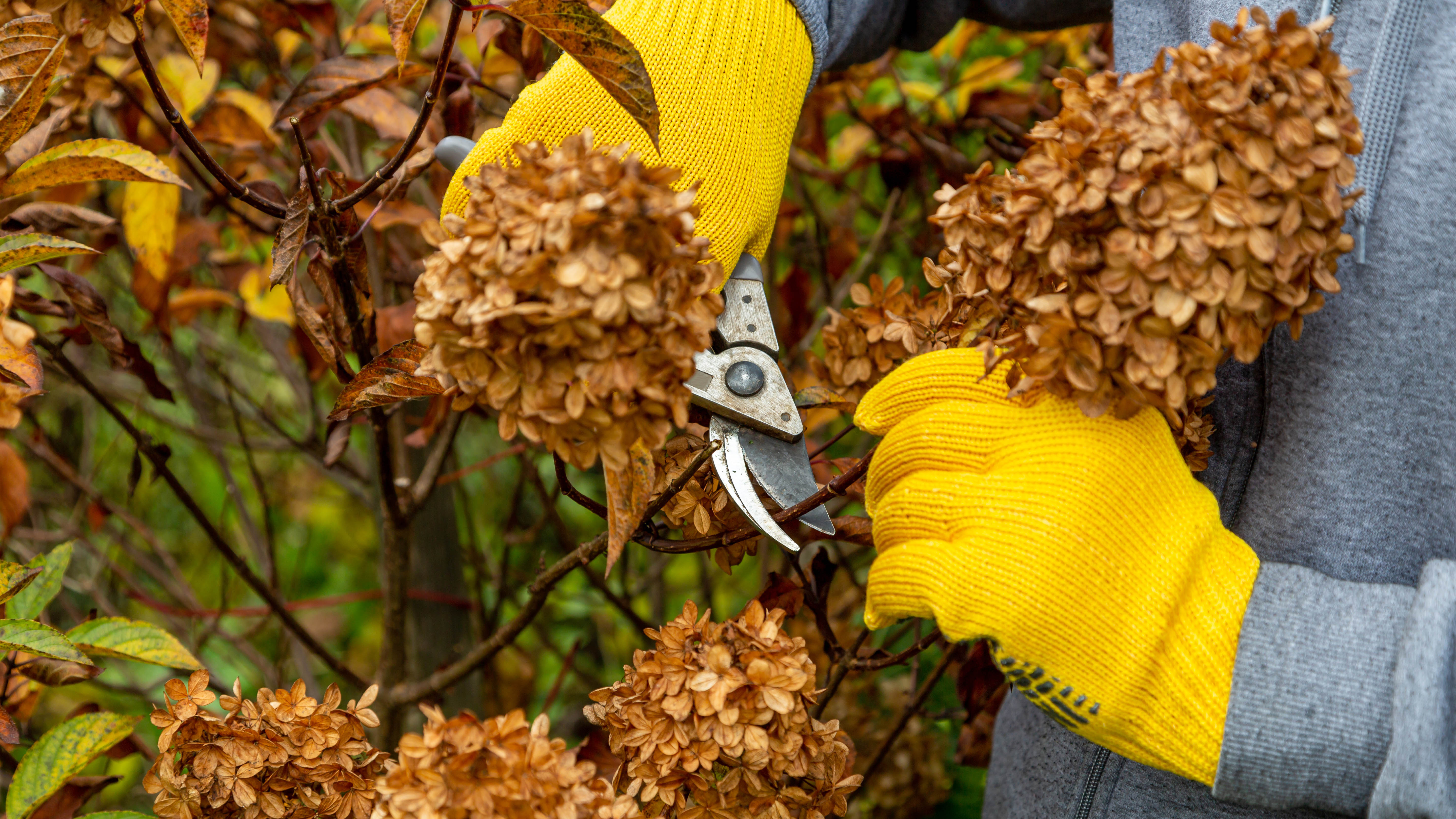
It might go against your gardening instincts, but leaving dead plant stems standing through winter is one of the best things you can do for insects. Many species overwinter in the hollow stems of perennials, using them as tiny insulated apartments until spring arrives.
Arbtech's spokesperson notes that "providing winter shelter in your garden can help prevent the loss of many vulnerable species that are already under pressure from habitat destruction, pesticides, and climate change."
Wait until late March or early April to cut back your perennials, as most insects will have emerged by then and moved on to their spring activities.
The Felco 6 Bypass Pruner came out on top in our best pruning shear buying guide. We tested over a dozen pruners and found that the Felco has a sturdy design, yet is lightweight and gives a consistent performance.
4. Build a log pile
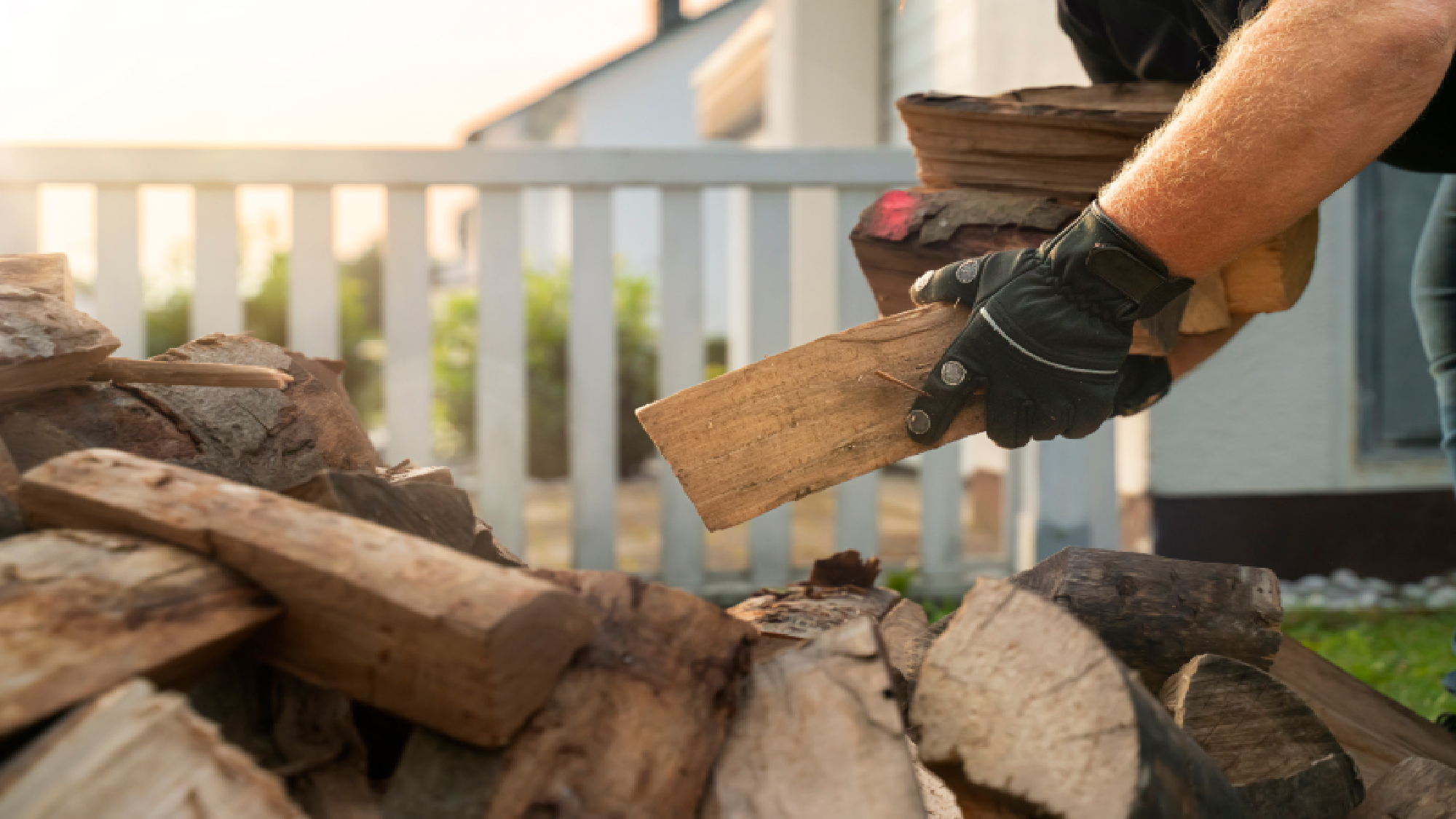
Creating a log pile is easier than it sounds and provides a haven for numerous insect species. Simply arrange fallen branches and logs in a quiet, shady corner of your garden where they won't be disturbed.
"Decaying wood is a haven for insects like beetles, centipedes, woodlice, and other invertebrates" that play crucial roles in your garden's ecosystem. The gaps between logs create protected spaces with stable temperatures, while the decomposing wood itself becomes both shelter and food source for many species.
5. Offer natural hiding spots
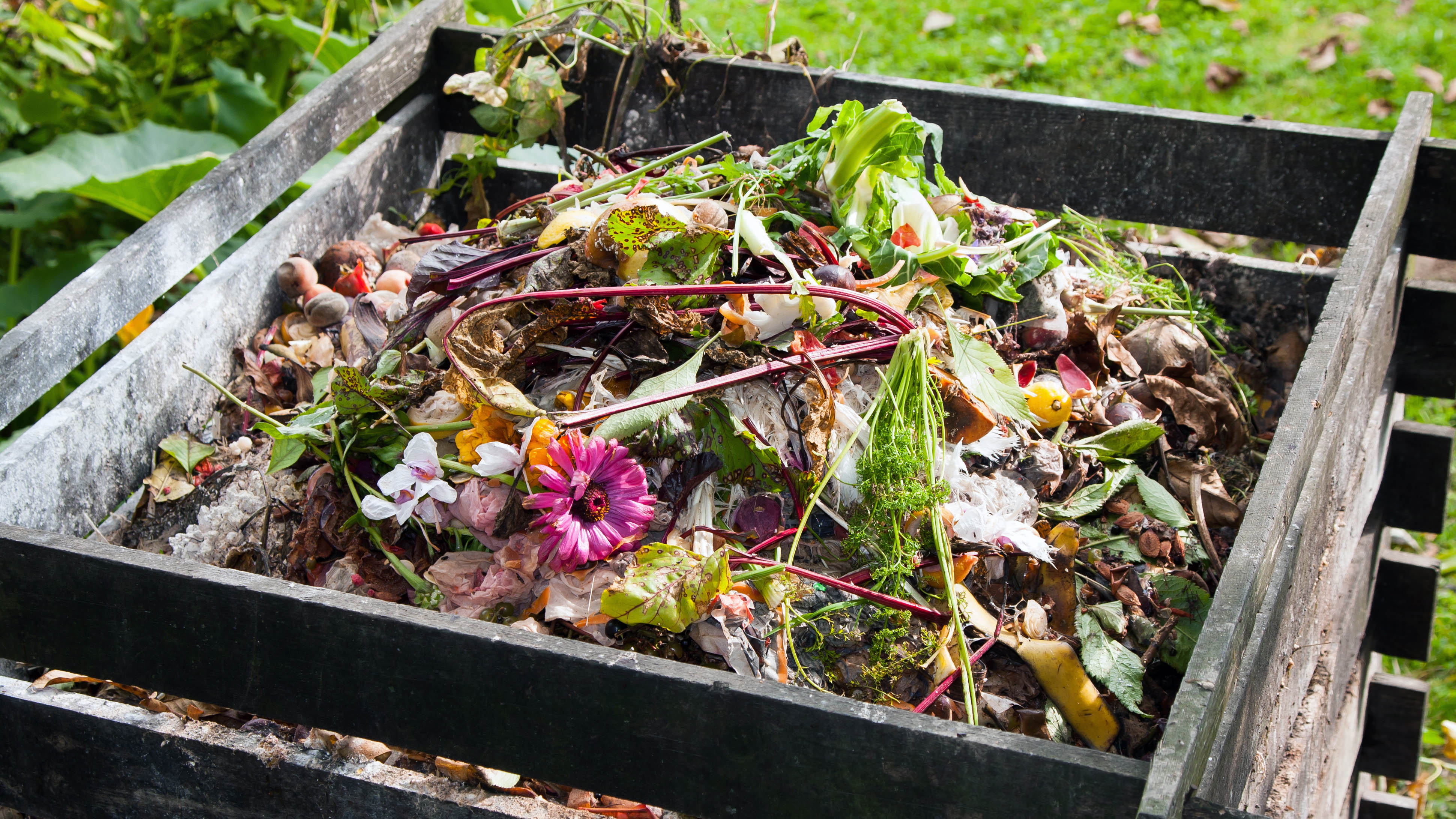
Look around your yard for items that can double as insect shelters. Most notably, "upside-down plant pots, rocks, bricks, and compost heaps" all provide excellent hiding spots for insects seeking winter refuge.
These materials create small microclimates underneath where temperatures stay more stable and protection from wind and rain is available.
You probably already have these items lying around, so it's just a matter of positioning them in quiet spots where they can serve as insect sanctuaries through the cold months.
6. Construct a bug hotel
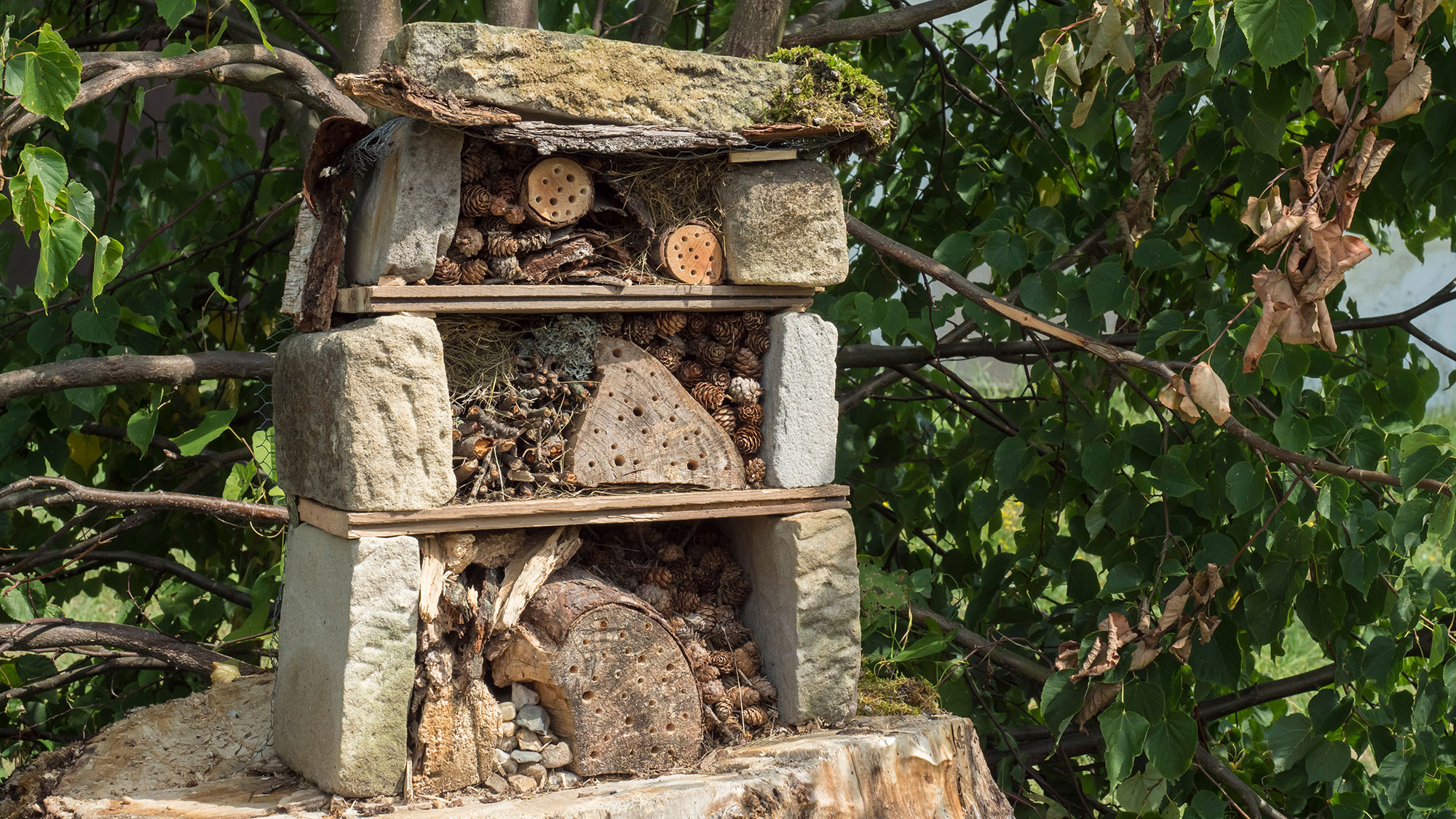
Building a bug hotel sounds complicated, but it's actually a simple DIY project that can have a major impact. Use bricks, wooden boxes, or pallets for the structure, then fill the spaces with natural materials like dry leaves, twigs, dead grass, and bits of bark.
Place your finished hotel in a dry, sheltered part of your yard to create what Arbtech calls "a five-star experience for insect guests." The varied materials and spaces accommodate different insect species, each finding the microhabitat that suits their specific needs.
Why this matters
Insects are critically important for a healthy ecosystem. "By taking these small steps, households can play an important role in supporting biodiversity and pollinators, and in turn, contribute to healthier gardens, crops, and wild plants come spring," Arbtech's spokesperson says.
More insects surviving winter means better pollination in spring, which supports healthier gardens, crops, and wild plants. Plus, insects help decompose organic matter and serve as a crucial food source for birds and other animals, making their survival essential to the entire ecosystem.

Follow Tom's Guide on Google News and add us as a preferred source to get our up-to-date news, analysis, and reviews in your feeds.
More from Tom's Guide
- Can I keep my used potting soil for spring, or should I throw it out?
- Should I cover my AC unit in winter? I asked an HVAC expert
- Combating winter browning — when Bermuda grass goes dormant
Get instant access to breaking news, the hottest reviews, great deals and helpful tips.

Millie is the Managing Editor of Homes at Tom's Guide. She's been reviewing home tech for over five years, testing everything from coffee makers to the latest vacuum cleaners.
With particular expertise in cookware and kitchen appliances, you'll struggle to find an air fryer Millie hasn't tested. She's traveled the world reporting on the latest home innovations and product launches, learning how to use pizza ovens from Pizzaiolos in Naples, and touring the De'Longhi factory in Venice. Millie is also an SCA-Certified barista.
When she's not reporting on home and appliance trends, Millie loves watching live music. She's currently learning the guitar - naturally, she plays a Fender.
You must confirm your public display name before commenting
Please logout and then login again, you will then be prompted to enter your display name.
